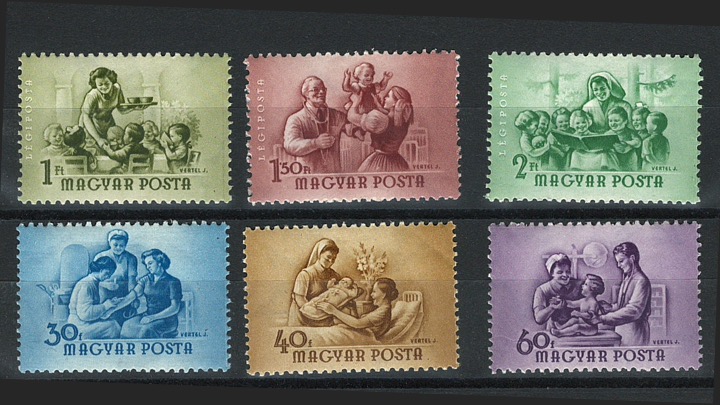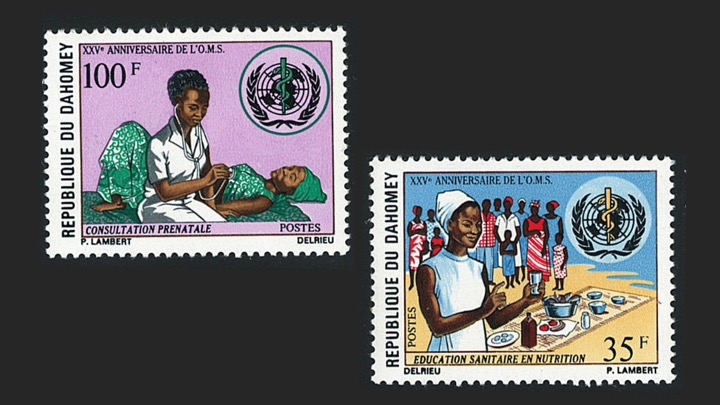Midwifery is an ancient profession. The word itself means with-women (mid=with, wif=women). Traditional definition of a midwife is a “woman, who is trained to assist other women in childbirth”. Tradition of women helping each other in childbirth is old. In almost all indigenous cultures, midwifery is a family tradition. Over the years, this tradition also passed on to religious institutions and congregations.

The tradition of midwifery continued well into the 19th century. In 1845, Semmelweis was a reluctant obstetrician. When he proved that midwives were doing a better job with hygiene and cleanliness, medical community was up in arms. This is the time, when in the cities obstetrics was struggling to establish itself. None-the-less, it was a taboo for a doctor (usually a male) to attend to the birthing process. Men who did take up this profession were the man-midwives.

Nursing imbibes midwifery
Florence nightingale in 1865 started a global movement to establish nursing schools. Slowly nursing became a profession. Over time, in Europe and in Americas, nurses took over the task of conducting or assisting in childbirth.

Family midwifery traditions died out, and were almost non-existent in the Americas. While, Europe persisted with these traditions, yet by second world war, obstetricians and hospitals had taken over the birthing process.

The situation was quite different in most other parts of the world. The tradition of midwifery has lived on. In late 1950s, world health organisation took over a mandate of improving maternal and child deaths. The public health mandate compelled the policy makers to bring midwives to the mainstream. There were very few doctors, and nurses still. However, we had to improve training of midwives, so that they could do a better job.
Auxiliary Nurse Midwives (ANMs)

In 1960s, WHO took an initiative to take care of health professional shortages to care for the mother, conduct child-births, and take care of mother and child in the coming months. Thus, we had better trained midwives, which we know as ANMs. The mandate for an ANM was to perform pre-birth care, delivery, nutrition and post-birth care for mother and child. The training duration was between 18-24 months, and we created a new health cadre.

Japan issued a postage stamp in 1990, on the occasion of 22nd International Midwives international congress.
Meanwhile, midwifery also became a distinct branch in nursing. Professional nurses also specialised in maternal and child care. Many child care postage stamps now had nurse-midwives, without the overshadowing male doctor.


Midwives, ANMs and immunisation
While by definition, midwives were involved in care of the child, for a few weeks after birth, in developing countries, we have them in an expanded role. After eradication of small-pox, we had renewed focus on immunising infants and children. However, unlike the west, we had fewer child specialists. With universal program of immunisation, and polio campaigns, ANMs had a new role.


Maternal and child health
If ANMs could handle basic maternal care, and immunisations, other aspects of infancy were not far away. As we integrated maternal, neonatal and child health, postage stamp images also changed. Now we also had weighing scale as a new tool. This new tool had expanded the capabilities of an ANM, even in the remote parts of the world.

Health centres across the developing world depend on ANMs for primary care. In specialised hospitals, nurses are trained in midwifery and are involved in the care of mother and child.

Public health needs, nursing and midwifery

Across the world, most child-births are conducted by nurses and midwives. Traditional midwifery is almost integrated in modern medicine. The role, continues to have a gender-based selection. Even in the more developed countries, the proportion of deliveries conducted by midwives is on a rise.

Today, WHO is engaged in improving quality of midwifery across the world. While the profession has changed in many ways, concept of being with women remains unchanged. In many societies, authority of a midwife persists, and public health systems attempt to utilise this as as their strength.

Institutionalisation has brought down the number and quality of traditional midwives almost to zero in Tamilnadu, India.
Doctor, your writeup on the importance of midwifery in medicine is as diverse and captivating as your stamp collection, highlighting the multifaceted roles and significance of midwives in healthcare. Just as each stamp tells a unique story, your words intricately weave together the invaluable contributions midwives make to maternal and infant health. Very informative blog
Thank you for this beautiful weaving of words thru time and images! As a Bermudian midwife I did not even know that stamp existed. In the Americas family midwifery traditions did not simply die out on their own, the grand midwives -women of color were deliberately subsumed by systems rooted in oppression and racism. However, that is another story for another day. Keep up the great work!
Good information sir
Nice Article sir